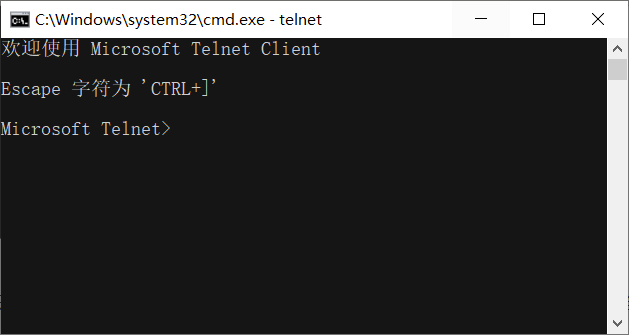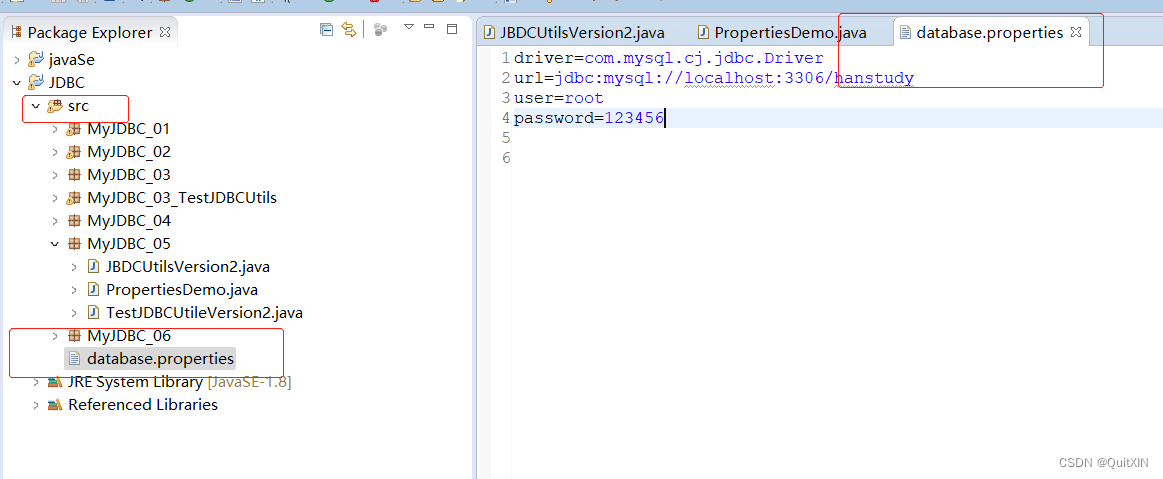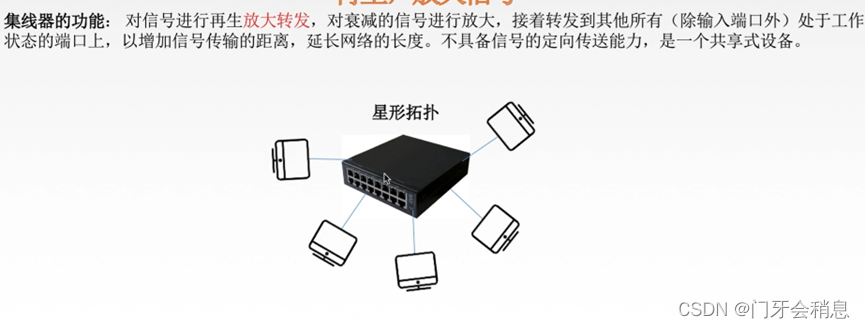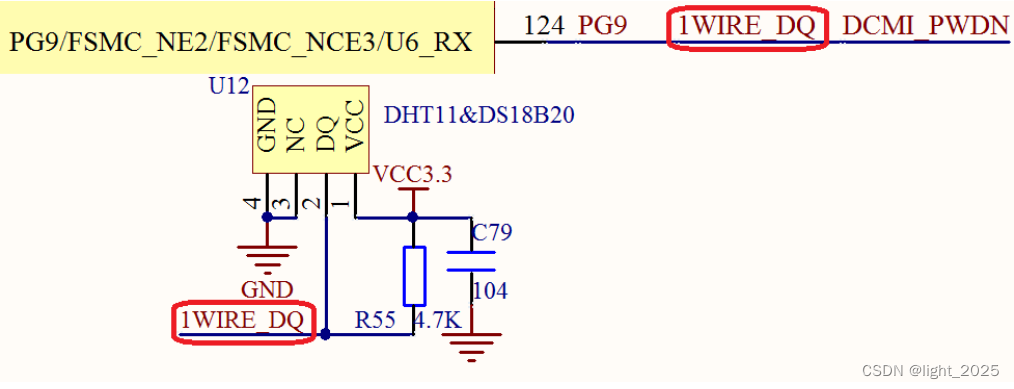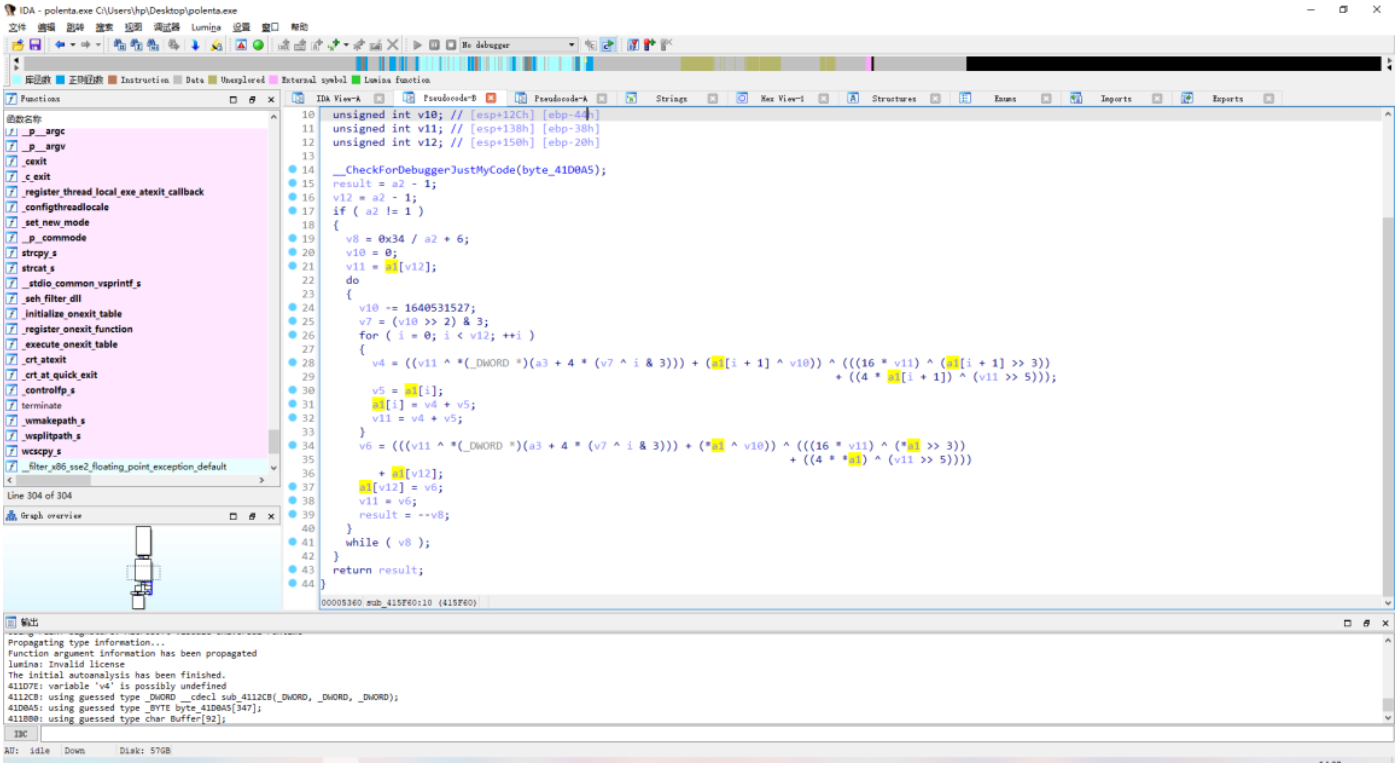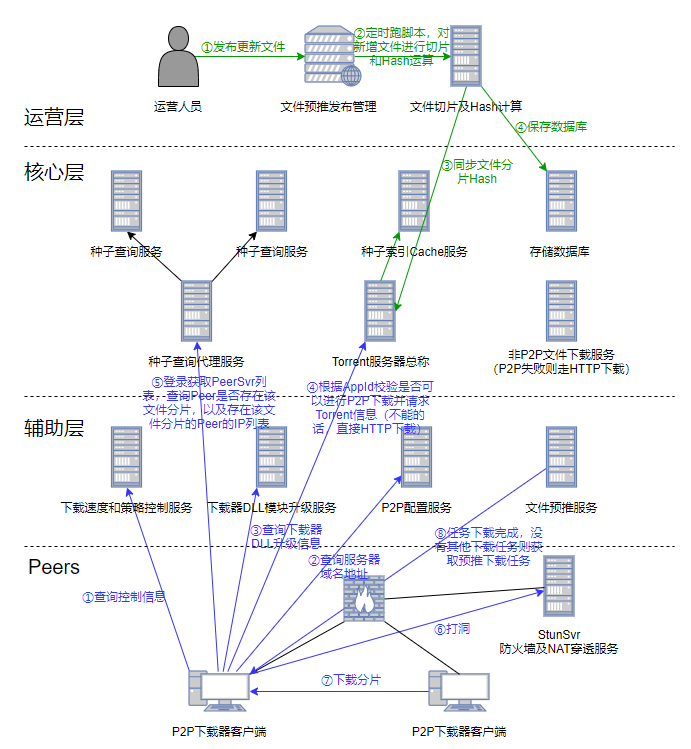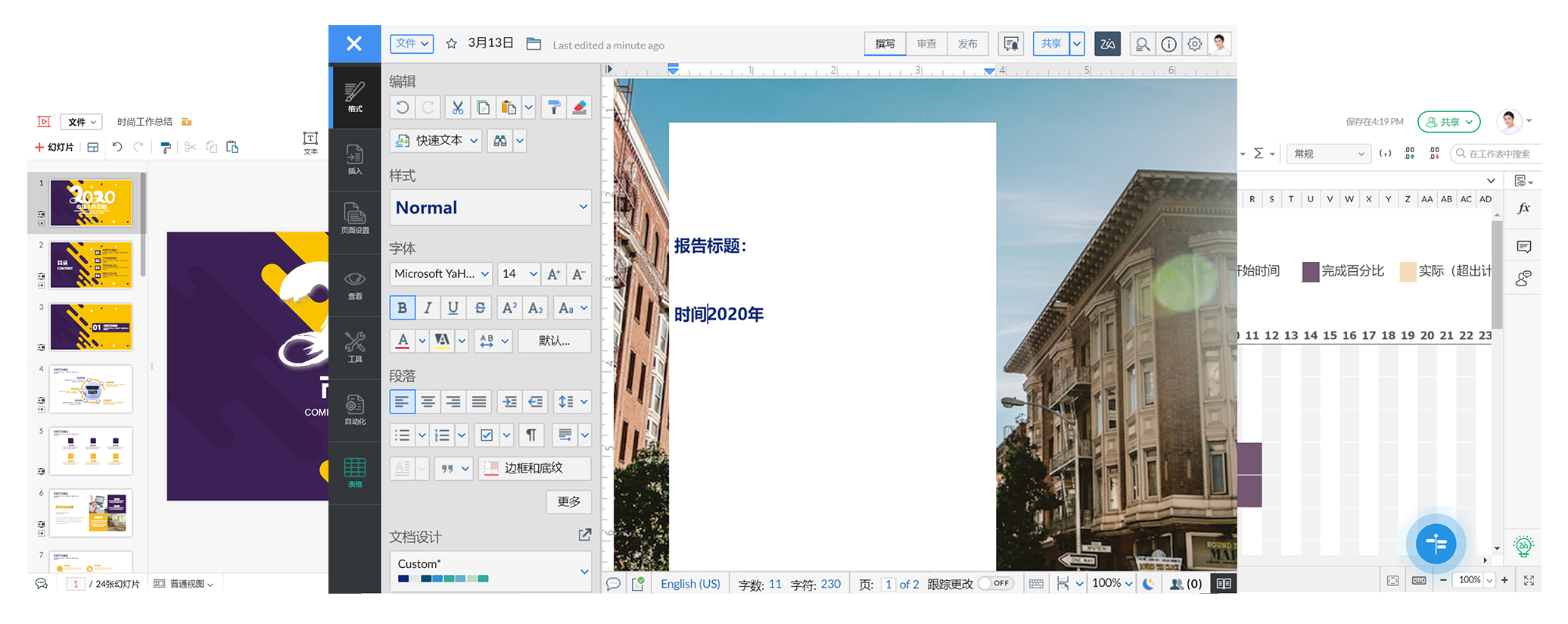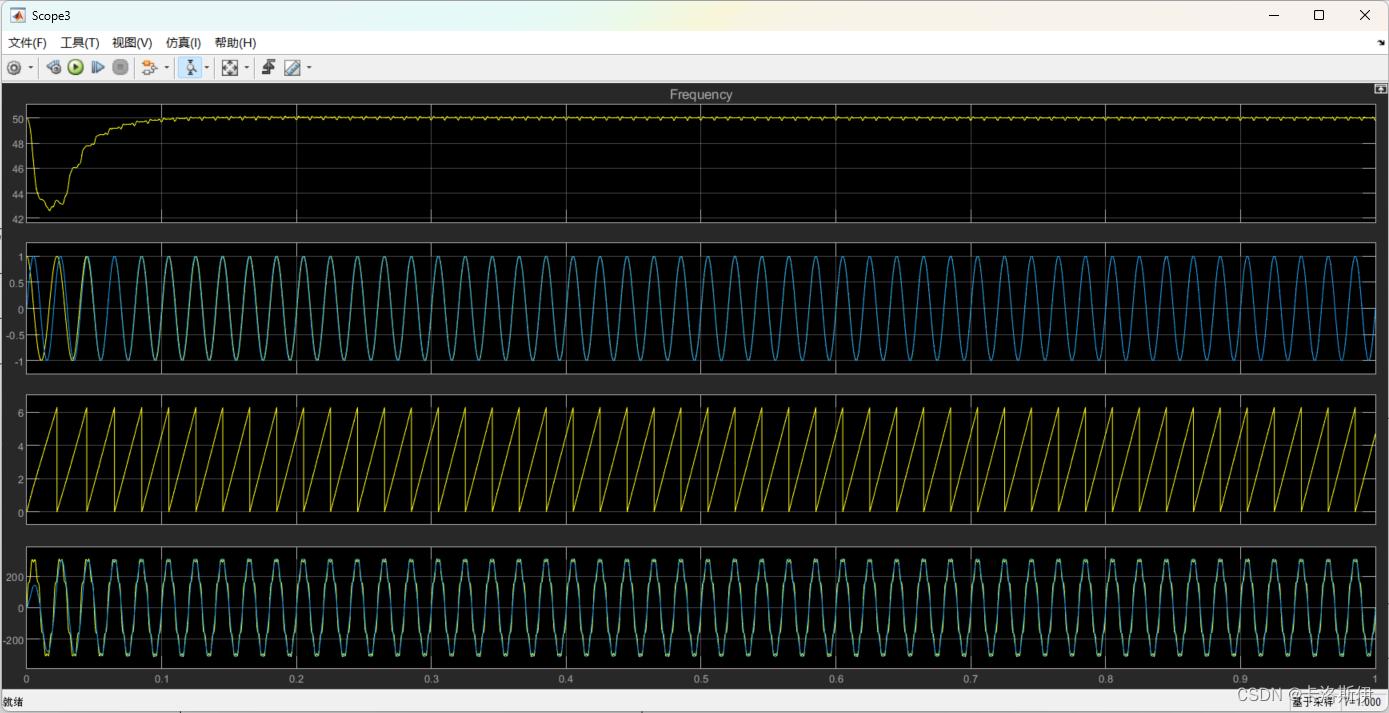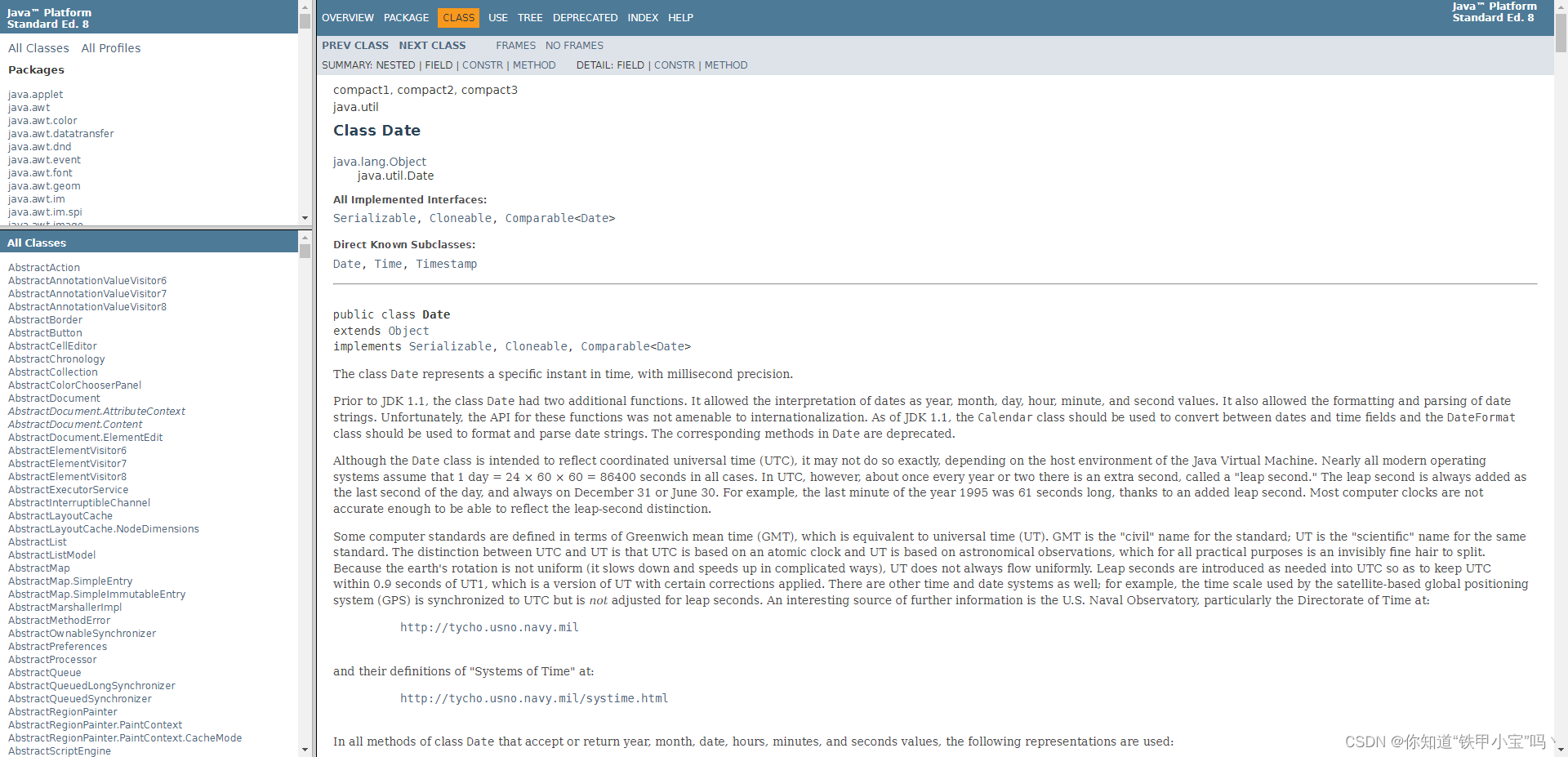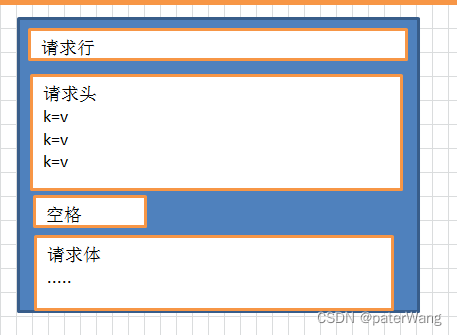文章目录
- 使用3层前馈神经网络
- 使用循环神经网络
- 生成pickle数据集
- 构建RNN进行1维序列的训练、推理
使用3层前馈神经网络
通过PyTorch构建前馈神经网络,并对二维数据点进行分类。在该例子当中,所有的训练数据和测试数据都是通过高斯混合模型GMM生成的:
import numpy as np
from sklearn.mixture import GaussianMixture
import torch
import torch.nn as nn
import torch.optim as optim
from matplotlib import pyplot
def GenerateData():
GMM1 = GaussianMixture(n_components=2, covariance_type='spherical')
GMM1.weights_ = np.array([0.5, 0.5])
GMM1.means_ = np.array([[0, 0], [1, 1]])
GMM1.covariances_ = np.array([0.05, 0.05])
GMM2 = GaussianMixture(n_components=2, covariance_type='spherical')
GMM2.weights_ = np.array([0.5, 0.5])
GMM2.means_ = np.array([[0, 1], [1, 0]])
GMM2.covariances_ = np.array([0.05, 0.05])
X_train = np.concatenate([GMM1.sample(1000)[0], GMM2.sample(1000)[0]])
Y_train = np.array([0.0] * 1000 + [1.0] * 1000)
X_test = np.concatenate([GMM1.sample(100)[0], GMM2.sample(100)[0]])
Y_test = np.array([0.0] * 100 + [1.0] * 100)
return X_train, Y_train, X_test, Y_test
class MyNet(nn.Module):
# 3层神经网络初始化函数
def __init__(self):
super(MyNet, self).__init__()
self.feedforward1 = nn.Linear(2, 8) # 输入层2维输入,8维输出
self.feedforward2 = nn.Linear(8, 8) # 隐藏层将第一层的8维输出作为输入,输出8维隐藏节点
self.feedforward_output = nn.Linear(8, 1) # 输出层将第二层的8维输出作为输入,输出一维节点
# 神经网络的正向传播函数(推理过程)
def forward(self, x):
y = torch.sigmoid(self.feedforward1(x))
y = torch.sigmoid(self.feedforward2(y))
y = torch.sigmoid(self.feedforward_output(y))
return y
if __name__ == "__main__":
X_train, Y_train, X_test, Y_test = GenerateData()
mynet = MyNet() # 创建神经网络
criterion = nn.MSELoss() # 使用均方差损失函数
optimizer = optim.Adam(mynet.parameters(), lr=0.1) # 选择Adam优化算法, lr学习率
num_steps = 200
for epoch in range(num_steps):
optimizer.zero_grad()
outputs = torch.squeeze(
mynet(torch.from_numpy(X_train).float())
)
loss = criterion(
outputs, torch.from_numpy(Y_train).float()
)
loss.backward() # 反向传播
optimizer.step() # 迭代
print('epoch:', epoch, 'loss:', loss.item())
Y_test_predict = np.squeeze(mynet(torch.from_numpy(X_test).float()).data.numpy())
pyplot.subplot(2, 1, 1)
pyplot.title('Ground truth')
pyplot.plot(X_test[Y_test < 0.5, 0], X_test[Y_test < 0.5, 1], 'ro')
pyplot.plot(X_test[Y_test >= 0.5, 0], X_test[Y_test >= 0.5, 1], 'bo')
pyplot.subplot(2, 1, 2)
pyplot.title('Predictions')
pyplot.plot(X_test[Y_test_predict < 0.5, 0], X_test[Y_test_predict < 0.5, 1], 'ro')
pyplot.plot(X_test[Y_test_predict >= 0.5, 0], X_test[Y_test_predict >= 0.5, 1], 'bo')
pyplot.show()

使用循环神经网络
更换使用循环神经网络RNN模型,进行1维序列分类任务。
为了简化问题,我们假定:
序列的长度是固定的。我们将其长度设为T=4。
我们只有两个类别,所以这是一个二值分类的问题。
类别0表示序列是一个递增序列。例如[0.1, 0.2, 0.3, 0.4],或者 [-0.5, 0.2, 3.4, 6.2]。
类别1表示序列是一个递减序列。例如[0.4, 0.3, 0.2, 0.1],或者 [5.1, 4.2, 1.1, -4.3]。
该数据中的一些序列并不是严格递增或者严格递减的,而是人工添加了一些噪声用来增加难度。
生成pickle数据集
import numpy as np
import pickle
import random
n_train = 10000
n_test = 100
train_samples = []
train_labels = []
test_samples = []
test_labels = []
for i in range(n_train + n_test):
if i < n_train:
samples = train_samples
labels = train_labels
else:
samples = test_samples
labels = test_labels
label = random.choice([0, 1]) # 创建标签
start = random.uniform(-40.0, 40.0) # 数据集值域
sample = [start]
next = start + random.uniform(-1, 5.0) * (-label * 2 + 1) # 添加噪声数据
sample.append(next)
next = next + random.uniform(-2, 10.0) * (-label * 2 + 1)
sample.append(next)
next = next + random.uniform(-2, 10.0) * (-label * 2 + 1)
sample.append(next)
print("label:", label)
print("sample:", sample)
labels.append(label)
samples.append(sample)
data = {
"train_samples": train_samples,
"train_labels": train_labels,
"test_samples": test_samples,
"test_labels": test_labels,
}
with open('data.pickle', 'wb') as f:
pickle.dump(data, f)
数据预览:
...
label: 0
sample: [13.661404789383802, 16.25823434021173, 25.836030702074233, 29.80743875466039]
label: 0
sample: [-36.08627999686152, -34.34148605882467, -30.952065898268796, -24.826507234567075]
label: 0
sample: [29.623166657112577, 30.665468166023125, 39.4453612889517, 42.46217272533641]
label: 1
sample: [37.09265024612682, 34.9627251848789, 29.480888940841062, 29.03037901349507]
label: 1
sample: [-36.48292930041589, -36.2517650316274, -40.63062181571942, -44.71483963355948]
label: 0
sample: [-27.787531018991984, -25.49688544939839, -18.617854249376403, -16.697955035196976]
label: 1
sample: [-17.61357006905537, -19.71666704640389, -29.423836269702587, -34.81544894336959]
label: 0
sample: [-7.9647956435803735, -8.697630914998363, -3.043016298343562, 0.04254751655408029]
label: 1
sample: [3.1478411158586965, 1.4399195145968626, -3.1482779908675864, -7.777294451546566]
label: 0
sample: [-32.022188264777625, -31.690097636594118, -29.23549322202779, -27.041525433045393]
label: 1
sample: [-9.694922608645385, -10.338911638390199, -14.366987058323842, -18.46181546341211]
label: 1
sample: [23.440205855160336, 23.57074807644042, 17.634275111581218, 12.857671664491825]
label: 0
sample: [-19.175740480534067, -17.885292738296663, -17.089990831414497, -7.9255258345168595]
label: 1
sample: [-2.3408396273441525, -3.1195397721511418, -11.953863530700303, -20.060383291780298]
label: 0
sample: [-36.046741153634905, -31.262165117768486, -26.99303716939375, -18.734469192006976]
label: 1
sample: [-32.91181436961641, -33.15143640702147, -31.42082286186909, -29.983718884940473]
label: 1
sample: [-38.49879958380717, -38.615988339688904, -41.350719083767615, -41.62130549151447]
生成的pickle数据可以通过以下代码来读取:
import pickle
with open('data.pickle', mode='rb') as f:
data = pickle.load(f)
train_samples = data['train_samples']
train_labels = data['train_labels']
test_samples = data['test_samples']
test_labels = data['test_labels']
构建RNN进行1维序列的训练、推理
import numpy as np
import pickle
import torch
import torch.nn as nn
import torch.optim as optim
def GetData():
with open('data.pickle', mode='rb') as f:
data = pickle.load(f)
train_samples = np.array(data['train_samples'])
train_labels = np.array(data['train_labels'])
test_samples = np.array(data['test_samples'])
test_labels = np.array(data['test_labels'])
return train_samples, train_labels, test_samples, test_labels
class MyNet(nn.Module):
def __init__(self):
super(MyNet, self).__init__()
# Define the RNN layer and a final linear layer
self.rnn = nn.RNN(
input_size=1,
hidden_size=8,
num_layers=1)
self.feedforward_output = nn.Linear(
in_features=8,
out_features=1)
def forward(self, x):
h0 = torch.zeros(1, x.shape[1], 8)
y, hn = self.rnn(x, h0)
y = torch.sigmoid(self.feedforward_output(y))
return y
def main():
train_samples, train_labels, test_samples, test_labels = GetData()
mynet = MyNet()
# Train
criterion = nn.BCELoss()
optimizer = optim.Adam(mynet.parameters(), lr=0.1)
num_steps = 100
print('start training')
for epoch in range(num_steps):
optimizer.zero_grad()
inputs = np.expand_dims(train_samples.transpose(), -1)
outputs = torch.squeeze(
mynet(torch.from_numpy(inputs).float()))
last_outputs = outputs[-1, :]
loss = criterion(
last_outputs, torch.from_numpy(train_labels).float())
loss.backward()
optimizer.step()
print('epoch:', epoch, 'loss:', loss.item())
print('finished training')
# Evaluate
inputs = np.expand_dims(test_samples.transpose(), -1)
test_predict = np.squeeze(mynet(torch.from_numpy(inputs).float()).data.numpy())
last_predict = (test_predict[-1, :] > 0.5)
accuracy = sum(last_predict == test_labels) / len(test_labels)
print('accuracy on test data:', accuracy)
if __name__ == '__main__':
main()
准确率:
...
epoch: 97 loss: 0.1513727456331253
epoch: 98 loss: 0.13302730023860931
epoch: 99 loss: 0.13972853124141693
finished training
accuracy on test data: 0.95
Reference:
[1] 王泉-声纹识别:从理论到编程实战
[2] 王泉-声纹识别GitHub代码仓
